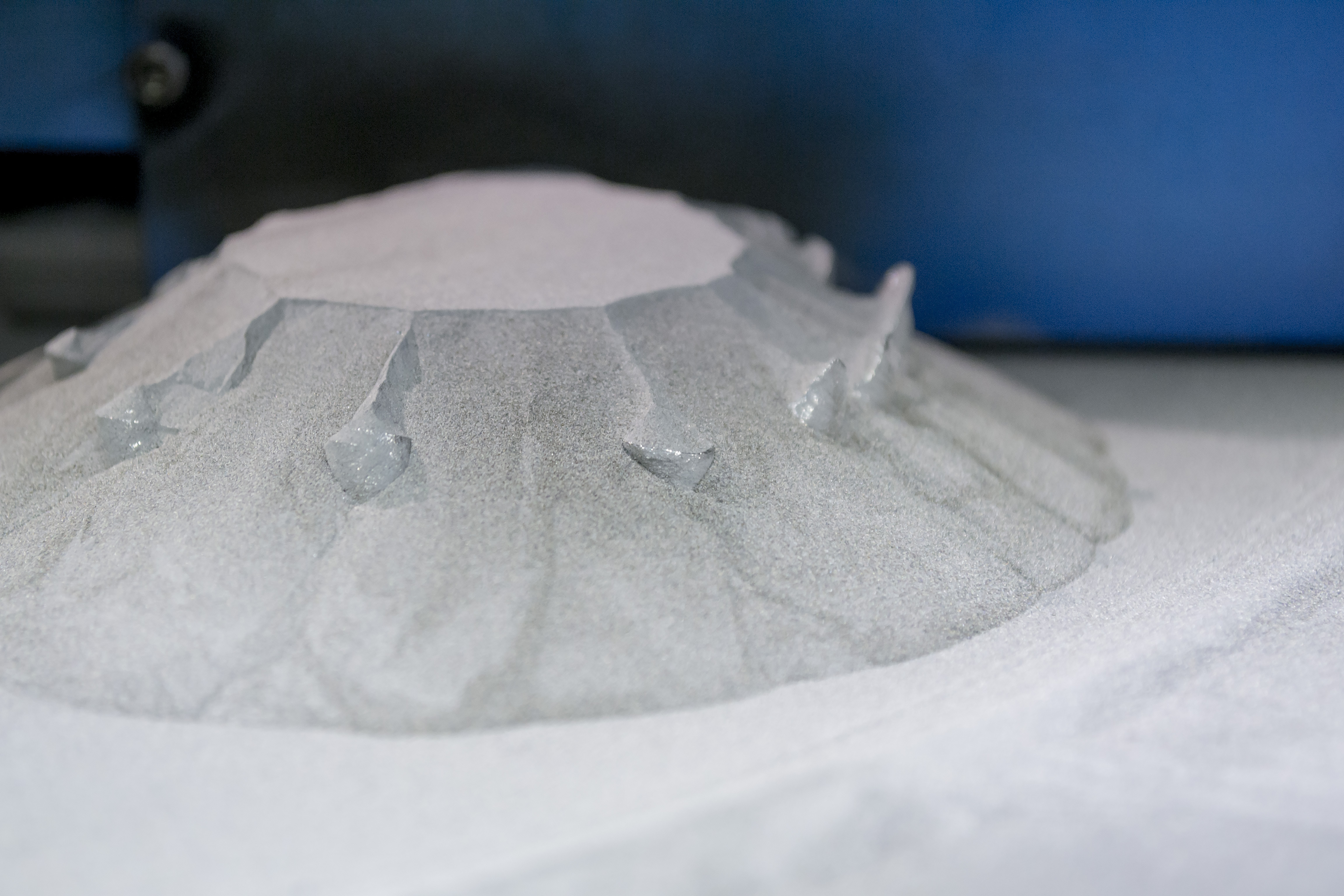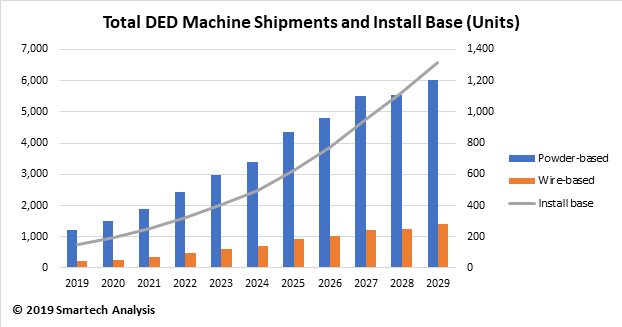Maybe the single largest challenge bio-printing faces over the next ten years is creating sufficient micro vascular structures to supply printed tissues with the nutrients they require to survive. Without being plugged in to this elaborate supply network to constantly supply cells with oxygen and other nutrients, cells experience necrosis in a few hours.
While there are technologies that promise to solve this problem such as microstrand technology, directly printed vascular structures using bio-plotting, special bio-papers, and electrospun capillary pastes, no lab is really close to printing functional capillary networks on the scale need to print tissue over a few cell layers thick. Until this issue is addressed, bio-printing researchers will be limited in the size and kind of tissues they can sustain in the lab, let alone apply in clinical use.
But what about tissues that don’t require a complex network of capillaries to survive? Enter cartilage, blood vessel-less tissue in the body whose chondrocytes are supplied through diffusion processes, rather than through capillary networks. This allows researchers to largely sidestep the vasculature conundrum and makes cartilage printing and successful implantation imminently more do-able.
Cartilage is found all over the human body. Joints, ribs, nose, ears, esophagus, spine: all contain structural cartilage components. This means not only are bio-printed easier to create, but the applications for cartilage printing technology in medical therapies are vast. The market for these applications are substantial. An estimated one million cartilage surgeries were performed in the US alone last year.
There is already extensive research into manufacturing cartilage for bio-printing-based medical therapies. Cornell is pursuing spinal disk implants with significant performance enhancements over disk fusion treatments or prosthetics; Scripps Clinic is printing cartilage for a number of therapies, including substitutes for micro-fracture knee surgery; researchers at St. Luke’s-Roosevelt Hospital Center is printing tracheas that actually grow with the patient.
Cartilage bio-printing therapies could become available as soon as five years, although are most likely still seven or eight years out. SmarTech views cartilage as one of the most promising opportunities in what will amount to $100 million dollar industry by 2020, according to our newest report.
For more information and sample content pertaining to SmarTech’s new report, you can visit our website at “Bio-Printing Markets: A Ten –Year Opportunity Forecast” . You can also contact Rick McCormack at: rick@smartechpublishing.com.




